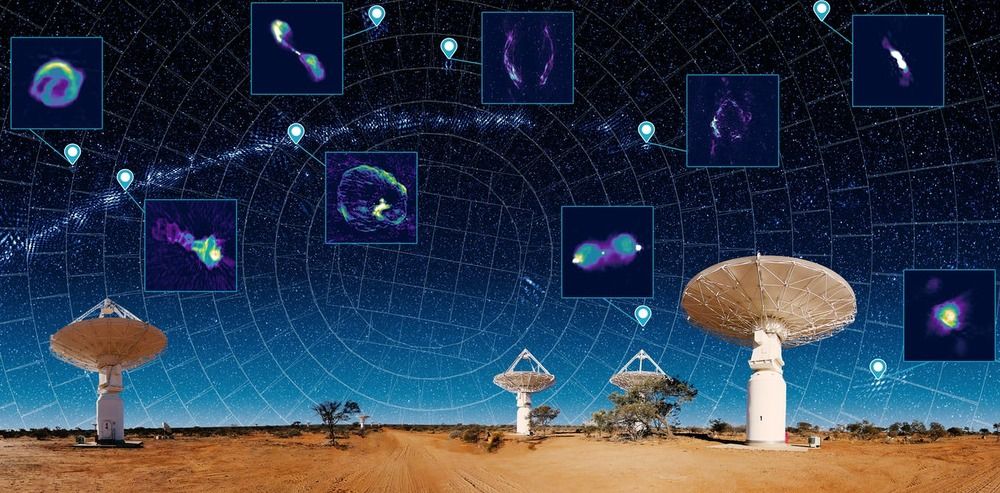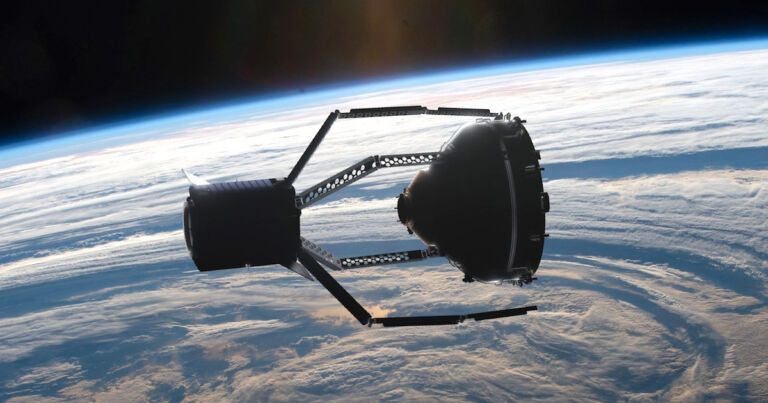All-sky surveys usually take years. This one took weeks.
Australian scientists tested all 36 receivers on the ASKAP radio telescope for the first time ever, mapping 85% of the sky in 300 hours.

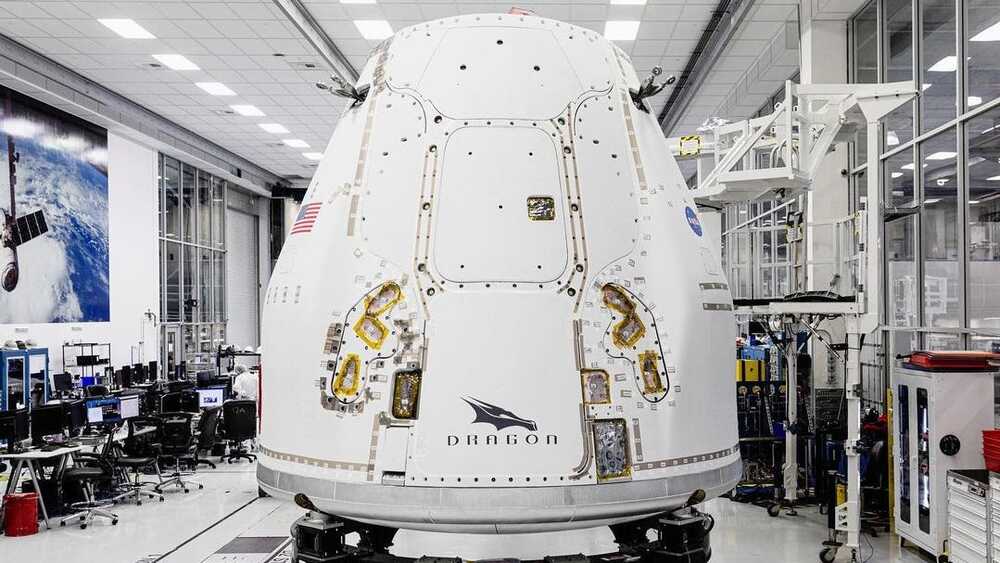
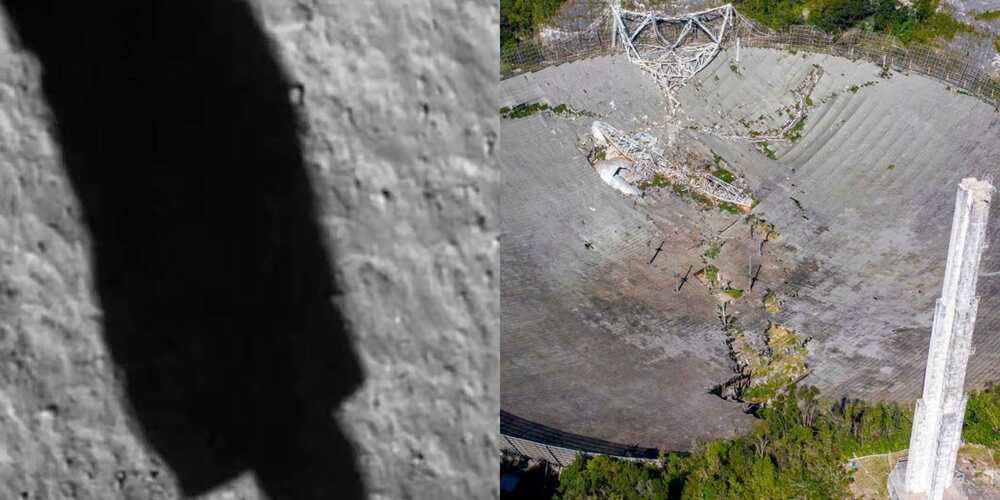

😯 Earth isn’t the only place with rivers, lakes & seas. Saturn’s moon Titan has them, too — not of water, but liquid methane & ethane! This frigid world even hides a liquid water ocean deep beneath its surface.
Here’s what you need to know about Titan: https://go.nasa.gov/2Jost2M
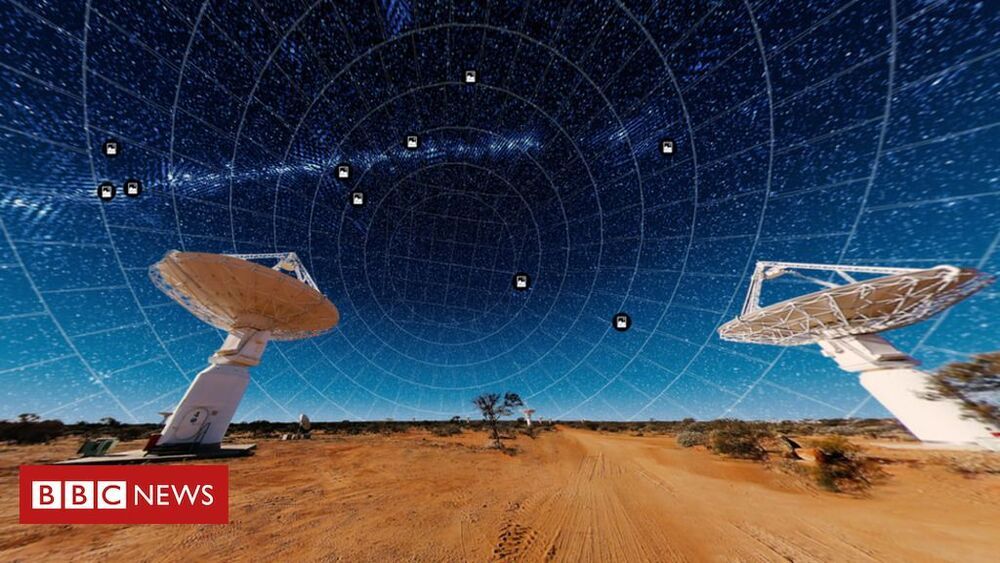
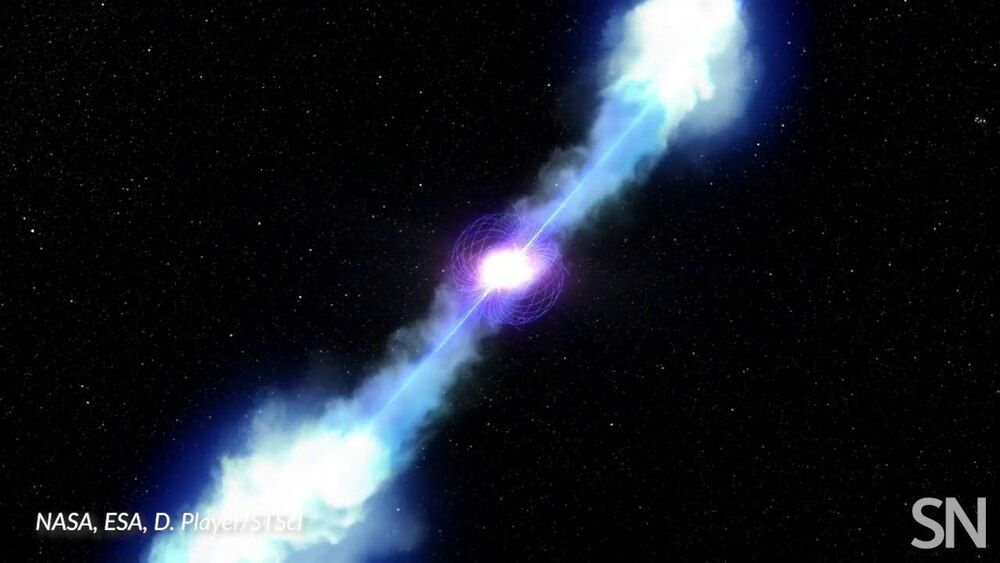
Astronomers may have witnessed the formation of a kind of rapidly spinning, extremely magnetized stellar corpse for the first time.

This is an “extremely close,” albeit safe, approach, with the object passing at a distance equivalent to around 13 percent of the average distance between our planet and the moon, astronomer Gianluca Masi from the Virtual Telescope Project told Newsweek.
The object, which is estimated to measure between 15–33 feet across, was discovered by the Pan-STARRS survey based in Maui, Hawaii, on September 17, 2020. This find was confirmed two days later by the Minor Planet Center, which is responsible for the designation of minor bodies in the solar system.
Initial observations suggested that the object was an asteroid. But scientists at CNEOS soon began to suspect that 2020 SO was not a normal asteroid.

